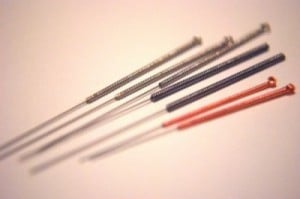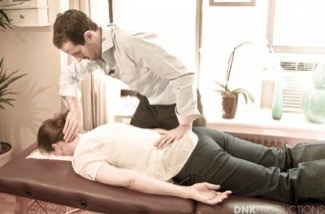Cancer patients who receive chemotherapy treatment for their condition must withstand numerous side effects of the drugs, which interfere with work, daily and family life, and quality of life. Some side effects, including nausea and vomiting, and chemo-induced...

Acupuncture Lessens Side Effects of Chemotherapy
read more

